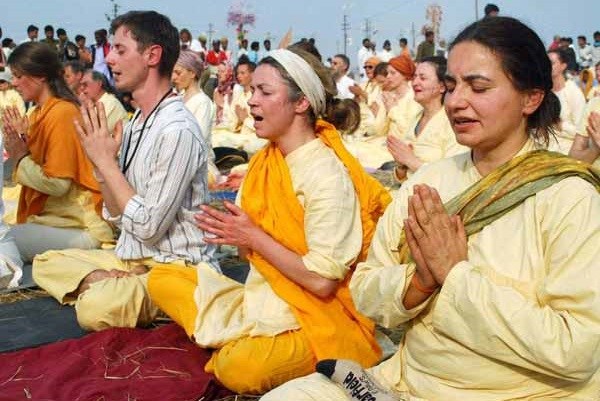What is it that indigenous people like Cherokee and Navajo of the US could learn from ethnic groups like Garo and Khasi of northeast India? Turns out a lot, but for starters, it could be ways to protect water bodies or preserving the environment through age-old methods followed by these groups.

The ongoing Kumbh would bring tribal leaders from over 30 nations and 'vanvasis' (tribals) living in different parts of India together during a four-day conclave organised by Parmarth Niketan starting February 14 at Sangam. Termed 'Kiva Kumbh 2019', the event would see tribal leaders brainstorming with Indian ethnic groups about ways to conserve water bodies and environment.
The indigenous tribes to visit Kumbh include Cacataibo, Isconahua and Matsigenka from Peru, Aymaras from Bolivia, Marcomannis, Franks, Vandals, Ostrogoths from Germany, Navajos and Cherokees from the US and the Atrebates, Belgaes, Cantiacis from the UK.
"The native American tribes would also perform a ceremony called 'kiva', which literally translates into 'at the heart of Mother Earth'," said Parmarth Niketan's Sadhavi Bhagwati Saraswati.
The leaders would be accompanied by over 300 followers from several countries, including the US, Colombia, Chile, Brazil, Argentina, Guatemala, the UK, Germany, the Netherlands, Mexico, Norway, Bolivia, Paraguay and Peru. Representatives from northeastern tribes like Garo, Khasi, Jaintia, Angami, Bhutia, Bodo and Regi along with those from states like Jharkhand, Odisha and Chhattisgarh would also attend the programme.
Source: TOI